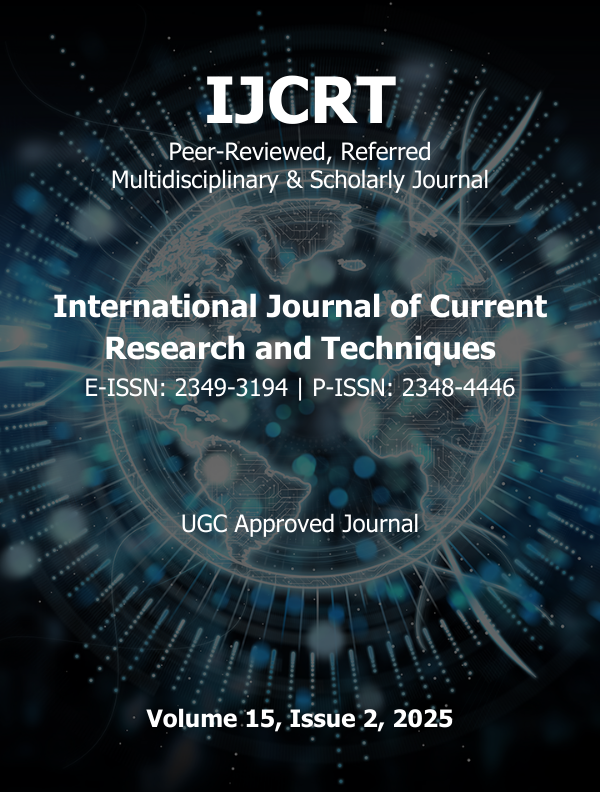Published 2025-03-24
Keywords
- Art,
- Iconography,
- Ancient India,
- Pro-writing,
- Symbolism
How to Cite
Copyright (c) 2025 IJCRT Research Journal | UGC Approved and UGC Care Journal | Scopus Indexed Journal Norms

This work is licensed under a Creative Commons Attribution 4.0 International License.
Abstract
Particularly during the Indus Valley Civilization (c. 2600–1900 BCE) and later historical periods, the study of seals in ancient India offers vital insights into the sociopolitical, economic, and cultural fabric of early civilizations. This study summarizes the various applications of seals in ancient India by combining scholarly interpretations, archaeological discoveries, and epigraphic data to demonstrate their complex functions. Seals, which frequently bore elaborate inscriptions and imagery denoting ownership, trade links, or official roles, functioned as marks of identification, authority, and commerce. Steatite carvings with mysterious lettering and animal patterns on Indus seals suggest a highly developed trading network that extended throughout Mesopotamia and beyond. Later seals, such as those from the Mauryan and Gupta eras, illustrate how government, religious symbolism, and bureaucratic uniformity evolved over time. To shed light on regional influences and technological advancements, this study also examines the materials, craftsmanship, and stylistic variations of these seals. Through a critical engagement with primary sources and archaeological data, this study clarifies the significance of seals in understanding ancient Indian urban design, economic organization, and political administration. Additionally, it explores how the usage of seals has changed and remained consistent over time, establishing links between historical and pre-modern customs. The study emphasizes the necessity of further multidisciplinary research to unravel unresolved mysteries, particularly the undeciphered Indus script, which remains a major enigma in South Asian history. By highlighting the significance of seals as cultural artifacts that encode historical narratives beyond their administrative functions, this comprehensive review advances our understanding of ancient Indian society. The paper's conclusion underscores the implications of these findings for future linguistic and archaeological research.

